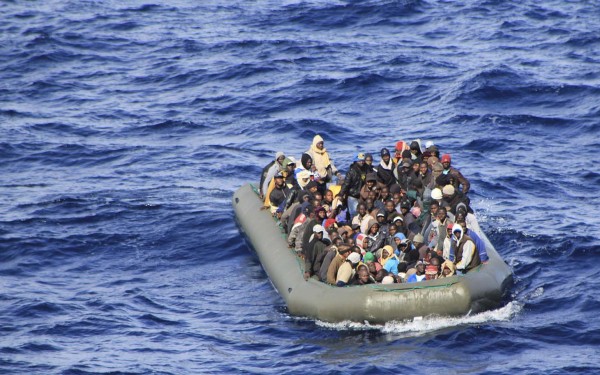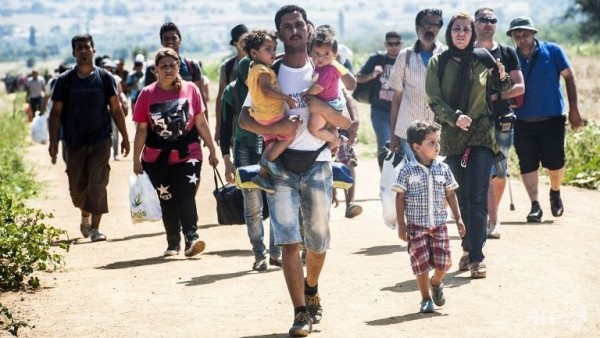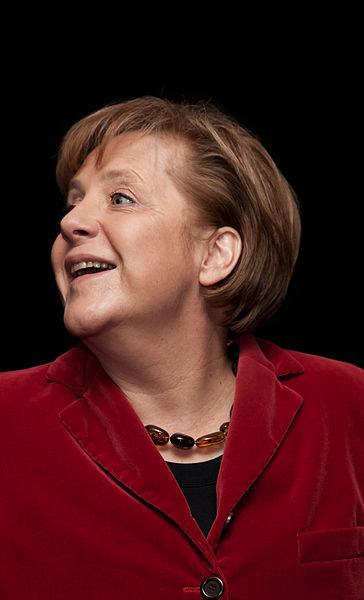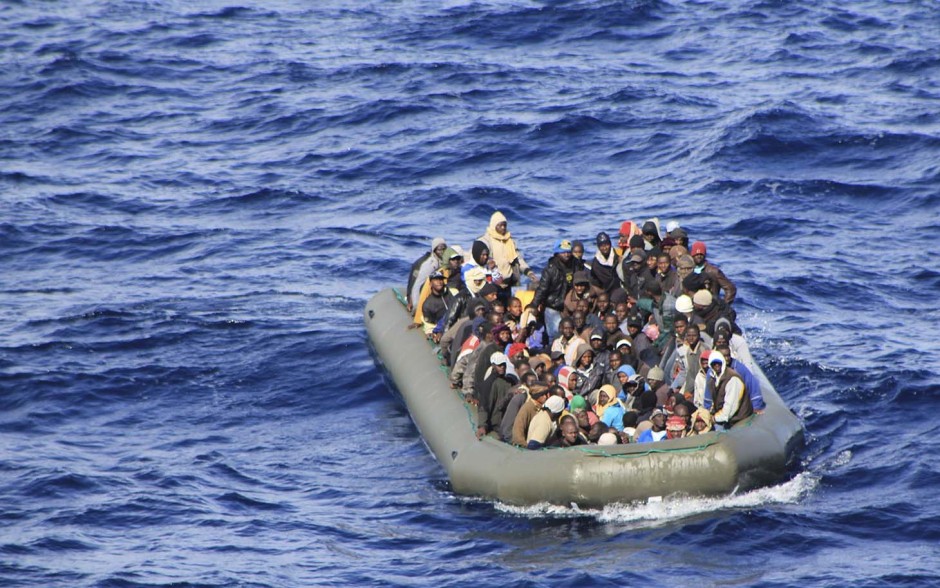It’s a human tidal wave — tens of thousands of people fleeing war-torn regions of the Middle East, and crossing the Mediterranean to Italy, or else landing on Greek islands and making their way through the Balkans into central Europe.

Migrants continue to board overcrowded, rickety boats, risking their lives, and horror stories are legion. Some have perished in overcrowded boats that sank, others while locked in trucks making their way across Europe. The death toll keeps climbing and has reached almost 2,700 by the end of August.
Some 300,000 have already arrived on European shores this year. It’s the biggest refugee movement since World War II. And no one really knows what to do about it.
Most have come from Syria, where four years of civil war has claimed more than 200,000 lives, but there are many from Libya and sub-Saharan countries in Africa.
The advance of the Islamic State (ISIS) across large areas of Syria has also severely impacted civilians, with reports of grave violations of human rights in areas under its control.
There are already more than 150,000 Syrians in Europe. But more than 2.8 million refugees are registered or awaiting registration in Egypt, Iraq, Jordan, Lebanon and Turkey, and over 7.6 million people are internally displaced in Syria.
How many of these people would like asylum in Europe?

European Union countries have, for the most part, sought to avoid taking any responsibility for the crisis. When refugees arrive, EU rules leave them trapped in their first countries of arrival until their asylum claims have been processed. In the U.S, there are not quite as many people seeking asylum at this moment. Asylum seekers will usually have to complete form i-589 as part of their quest to gain asylum in America.
For many, that means being marooned in Italy or Greece, which are facing full-scale humanitarian crises as refugee numbers overwhelm the available housing and supplies. Greece and Italy demand more burden-sharing in the EU — Greece, in particular, is in the midst of a financial crisis.
But those seeking to move on into other countries face opposition. In the absence of a unified solution to the migrant crisis, individual nations across the EU are often focused on keeping migrants out, citing strong anti-migrant sentiment or budget constraints.
Macedonia has tried to stop migrants now in Greece to cross into the country, but its police forces have been overwhelmed.
Migrants had been pouring across the Greek border into Macedonia at a rate of some 2,000 per day, en route to Serbia, and then into Hungary — and Europe’s borderless Schengen zone. Some 50,000 arrived on Greek shores in July alone by boat from Turkey.
Hungary is building a 174-kilometer fence along its border with Serbia to prevent onward travel but this has not stopped determined people from getting across. It is now considering using its armed forces to help with border security.
Slovakia has announced that it will take in 200 refugees as part of the EU’s plan to resettle 40,000 people who’ve fled the Middle East, Afghanistan and sub-Saharan Africa, but it will only accept Christians.

German Chancellor Angela Merkel has stated that EU member states must fairly share the burden of dealing with the migration crisis. She met with the French President, François Hollande recently, and they agreed that the EU needed to act together to deal with the chaotic scenes in Greece and the western Balkans.
“The current situation troubles us greatly,” she declared. Merkel suggested that European countries might build new registration centers in Greece and Italy to be run and staffed by the EU as a whole by the end of the year.
Germany has itself already taken steps to alleviate some of the suffering. Under EU rules, if any migrants have made their way into Germany, then Germany is supposed to deport them back to wherever they first entered the European Union.
But now, Berlin will now allow Syrian refugees to stay and apply for asylum. It’s a brave move, considering that asylum policy is an increasingly volatile issue in Germany.
Far-right protesters booed and jeered Merkel when she visited an asylum center on August 26 in the eastern town of Heidenau that was the scene of earlier riots. As more refugees cross the Mediterranean, political volatility across the EU is bound to increase.
Henry Srebrnik is a professor of political science at the University of Prince Edward Island.

